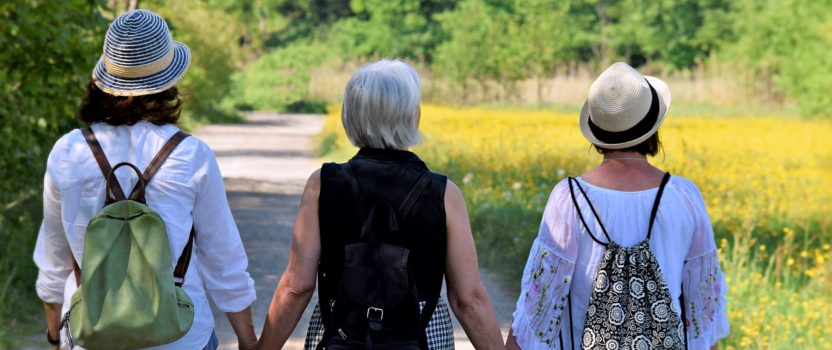A Low Carbon Life | Post 6 2019 | Advice to Others
I always use a ‘to do’ list to keep track of what I need, or want, to do. Truthfully, there is more of what I need to do on the list than there is what I want to do.
I reviewed my overall list this morning, rather just today’s list, and I noticed something curious.
I have an item called ‘Identify a HWS for S’. My dear friend S asked me what sort of hot water service she should get when she replaces their electric storage unit which is close to failing. She knows I usually say ‘get a heat pump’ but she said they cost more than she wants to spend. Despite this, she does want something that is sustainable and environmentally friendly. I need to put a bit of work into this.
I have another item on my list called ‘Let J know about heaters that warm the person not the room’. I read an article a few months ago that talked about how effective and efficient such heaters were and, prior to that, I had already been told about them by a friend. Heaters that warm the person, not the room, are useful when you sit in one place for a while because you are, metaphorically, enclosed in a cone of warmth. J wants a better heater for her study where she sits at her desk for hours. I said I would find out the name of the heaters and let her know. Another work in progress, but probably a quick one. Actually, if I stop writing this post for a few minutes I can quickly find the answer? Ah! I have. The panels are call FIR panels (Far Infrared) and an article I recall reading quite some time ago is here. I’ve just had a quick search on price and the price doesn’t seem to high. I note they are also used to create ‘hot’ yoga studios which I’m told are currently very ‘trendy’.

The picture above is from an Australian supplier of FIR heaters.
Finally, I just put a new item on my list this morning which is a query from another friend about types of ceiling insulation and good installers. L is about to install solar on an uninsulated, sloping roof with almost no space between the roof and the ceiling. Sensibly, she identified that she should insulate before she adds panels to the roof structure.
Here is my reply to L.
‘I have some in principle advice and will have a think about some more specific advice and get back to you.
First bit of ‘in principle’ advice is that you need a product that doesn’t lose its ‘lift’. This means a product that doesn’t go flat over time or easily get compressed because it’s the air gaps between the product that are really important and create the insulative effect. We’ve got blown in insulation here and its pretty good. Polyester bats are OK for maintaining lift but see the second principle.
The second principle is that the insulation is needed to be installed well meaning everywhere and evenly – no gaps where the bats are joined – no gaps for downlights or vertical structures. As I write this it makes me think blow in insulation is likely to give you a better result.
The third principle is that you might need to check on the fire resistance of the insulation especially if you have structures in your roof that generate heat such as halogen downlights (swap for LEDs and put insulative cones over the top – I can give you details). Have you got old wiring in your roof space – you might need to have a look at that as well.
I’ll get back to you about some specifics – I don’t have any installers to recommend but if there is an industry association it might be worth choosing one who is a member.
I’m not quite sure when I became a ‘go to’ person for these sorts of questions (actually I volunteers information in the case of J) and I worry that I don’t know enough or have enough time to do the necessary research, but I will help where I can. Interestingly, its women seeking advice from a woman.
‘Caring & Doing‘. Until next time, Jane

